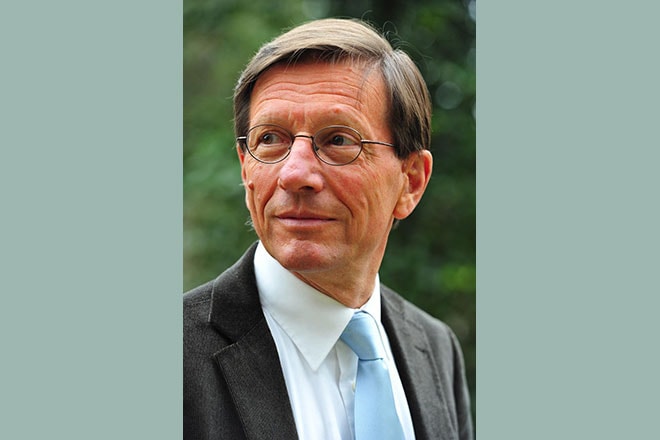Avalanche fences have been set up on the mountainside on Sukkertoppen in Longyearbyen. At the foot of the mountain a huge wall is being built. It is several hundred meters long, up to nine meters high, and is the last bulwark before the pointed houses that are located in a row and row just below.
–
Tor Selnes and his family live in one of these pointed houses, which almost everyone who visits Svalbard takes pictures of.
They know what it’s like to be taken by an avalanche.
– I was thrown up on the ceiling and tumbled around like a rag doll in a dryer. I fought for my life, says the father of three.

– SURVIVED: Tor Selnes fought for his life in the avalanche in 2015. Photo: Tom Rune Orset / TV 2
–
Six years ago they lived in a house that stood where the wall is now. But on the morning of 19 December 2015, huge masses of snow came thundering down the mountainside and took with them several houses. Two people lost their lives in the avalanche.

– GREAT FORCES: In the collapsed extension in the middle of the picture, Tor Selnes was asleep when the landslide occurred. The house stood 80 meters further up the slope, but was carried away by the snow masses. Now the family lives in the brown house on the right in the picture. Photo: Tor Selnes.
–
Over the years, the frightening experience has come more from a distance.
– It is not something we think about every day anymore, but it has shaped us, says Selnes.
The risk of landslides is increasing
At the same time, the safety work outside is a reminder that the risk of landslides on Svalbard has increased, as a result of the rapid rise in temperature in the Arctic areas. The average temperature has risen by 5.6 degrees since the 60s.
Global warming has made Svalbard milder, wilder and wetter.
– Climate change affects the everyday lives of everyone who lives here, says Arild Olsen, head of Longyearbyen local council.
He says that the world’s northernmost city is on climate change. Ten percent of the inhabitants have had to move, because there is now a risk of landslides in areas that have previously been considered safe.

– SECURITY: Arild Olsen in the local board spends a lot of time on climate adaptation. Photo: Tom Rune Orset / TV 2
–
– We simply have to adapt the whole city to the climate. Where can we live and what can we work with, says Olsen.
The comprehensive landslide protection is what is most striking when you come to Longyearbyen. And yet the local board has not got everything they want from security measures.
However, it is not only the increased risk of landslides that the local government in Longyearbyen has to deal with.
The permafrost thaws
– The permafrost is actually the basis for the whole city here, Olsen says.
Without the permafrost, Longyearbyen will stand on an unstable clay soil. So when the ground now thaws, it has major consequences for buildings and infrastructure.
Things are starting to move.
– Just look at the lamppost there, it has been straight once, Olsen says and points to a crooked lamppost that is supported by a stick.
It is no longer useful to anchor in the permafrost, as they have always done here.

– SLEEVED POSTS: When the ground thaws, the lampposts no longer stand firmly. Photo: Tom Rune Orset / TV 2
–
– Buildings and structures may need to be reimbursed. And new buildings are becoming more expensive to build. We may have to drill 50 meters down to find solid rock. And then everyone understands that it will be very costly, says Olsen.

– GROWTH: There is a lot of construction activity in Longyearbyen on Svalbard. Now they have to build differently for houses to be safe in the future. Photo: Tom Rune Orset / TV 2
–
More rain
Svalbard is actually a desert, of the Arctic kind. There has been little rainfall here. In Longyearbyen, the average has been just under 200 mm a year, and most of it has come as snow.
The houses here do not have gutters. There has been no need for it. For now.
Climate change has led to new problems with surface water, floods and erosion.
– The whole city must think about drainage of water in a different way than before, Olsen says.
If the development continues, experts estimate that Svalbard will receive 45-65 percent more precipitation annually, according to Cicero. The precipitation will come more often, become more intense and to a greater extent come as rain instead of snow.








